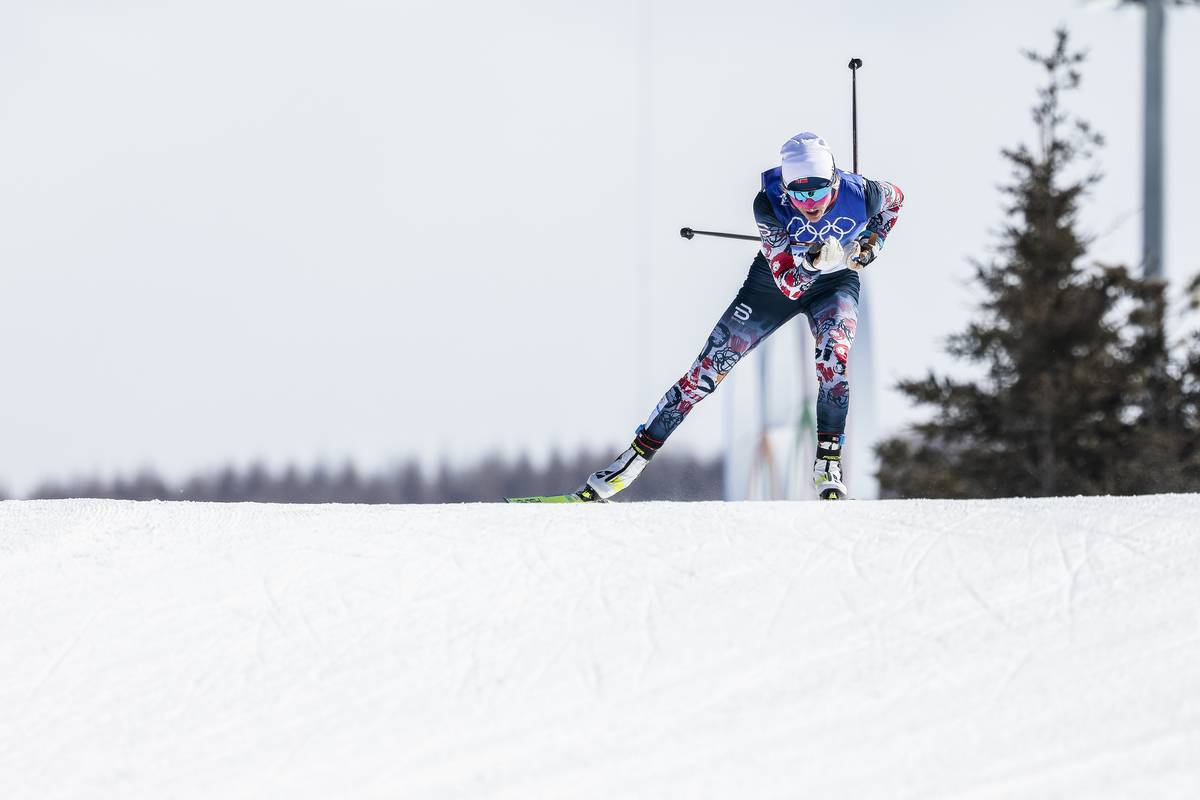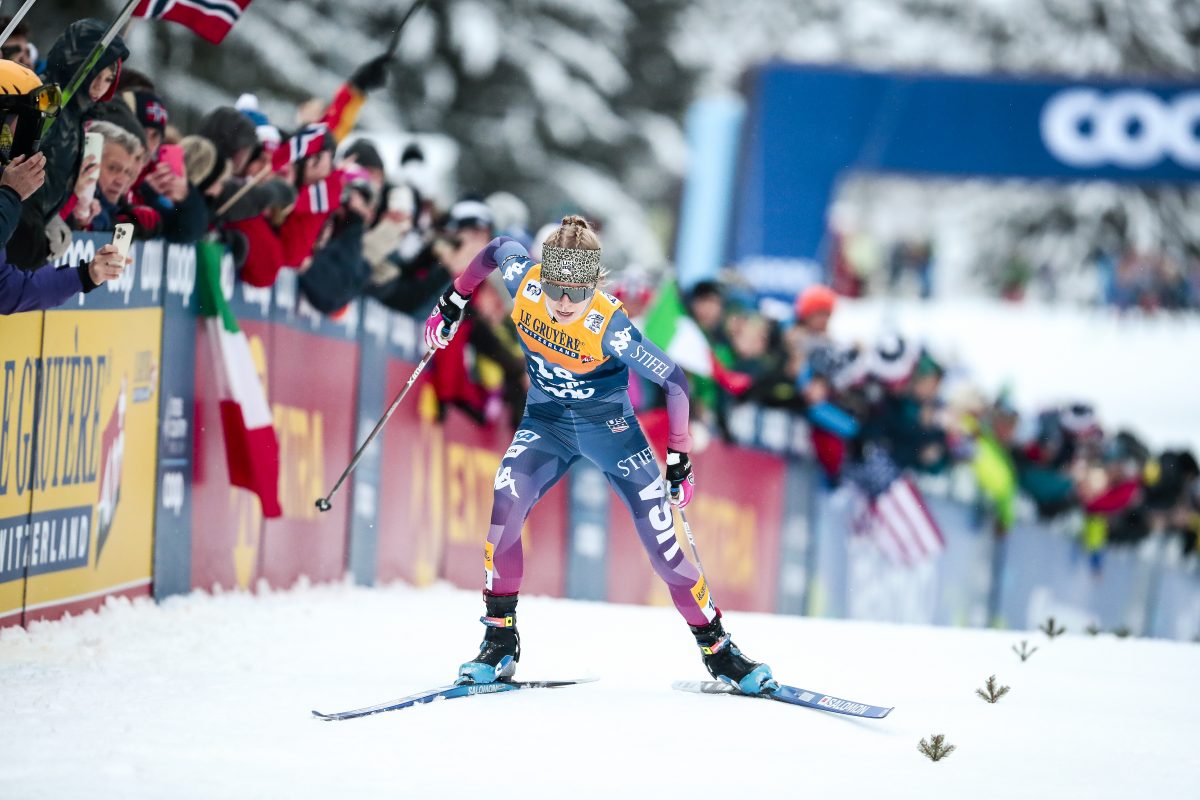
LAKE PLACID, N.Y. — As they hammered out loops at the Mt. Van Hoevenberg biathlon center, several athletes on sit-ski mountain boards put their heads down. Everything they were doing — five or so laps lasting a few minutes each on pavement and grassy trails — required upper-body strength. At the end of each interval, they reentered the stadium for shooting practice, where the adaptive skiers rolled onto their stomachs and aimed at their targets. Then they had to get back up again and start over.
Of the 14 athletes at the U.S. Paralympics Nordic dryland camp in Lake Placid from Sept. 18-28, two were visually impaired, according to high-performance director John Farra. He prescribed bounding intervals for them.

Nine coaches also attended the 10-day camp, which Farra said was one of the most-selective to date.
“An interesting challenge for us now is that we’ve been pretty successful at bringing new people to the sport, so our numbers are going up while our numbers at the OTC [Olympic Training Center] aren’t,” he said during the time-trial session Sept. 21.
“I guess it’s a good problem for us, that now our high-performance camps are by invitation-only,” Farra added. “Last year was kind of like, ‘Hey anybody shows up,’ [which was] great because there weren’t that many people doing it, but I would say we’ve brought in another 15 to 20 people to the sport and I’ve only got 15 beds at the OTC.”
Nine members between the U.S. National and Development teams were given priority, and most came to at least part of the camp. Beyond that, Farra said they invited three to five newcomers that they felt deserved the opportunity. Several came from the East, he said, but in a few weeks from Oct. 15-25, they’ll have more western skiers at another dryland camp in Midway, Utah.
“It’s exciting; it’s definitely working,” Farra said. “We had, what, five adapive [skiers] two years ago at nationals? Last year we had 18, and I expect closer to 30 this year at [U.S. Adaptive Nordic National Championships at Soldier Hollow,] Utah. That’s the right direction that we need to go.”

As for what the athletes were up to over the last two weeks, New England Nordic Ski Association (NENSA) Adaptive Program Director Eileen Carey wrote on the program’s blog that the athletes had been “dialing in shooting positions, roller-skiing and sit skiing on mountain boards, testing in the weight room and on the SkiErg and learning the physiology and nutrition of training.”
On Sept. 21 during interval training, Farra said that was a good opportunity for his top athletes to combine a hard effort with shooting experience.
“It’s a high-performance [camp]. They need to be preparing themselves for competitions,” he said. “That’s why there are time trials. That’s why they’re working hard with each other. With the [athletes] we don’t see as much, it’s really about giving them coaching advice, training and hopefully they get hooked and keep coming back.”
***
Alex Kochon
Alex Kochon (alexkochon@gmail.com) is a former FasterSkier editor and roving reporter who never really lost touch with the nordic scene. A freelance writer, editor, and outdoor-loving mom of two, she lives in northeastern New York and enjoys adventuring in the Adirondacks. She shares her passion for sports and recreation as the co-founder of "Ride On! Mountain Bike Trail Guide" and a sales and content contributor at Curated.com. When she's not skiing or chasing her kids around, Alex assists authors as a production and marketing coordinator for iPub Global Connection.



